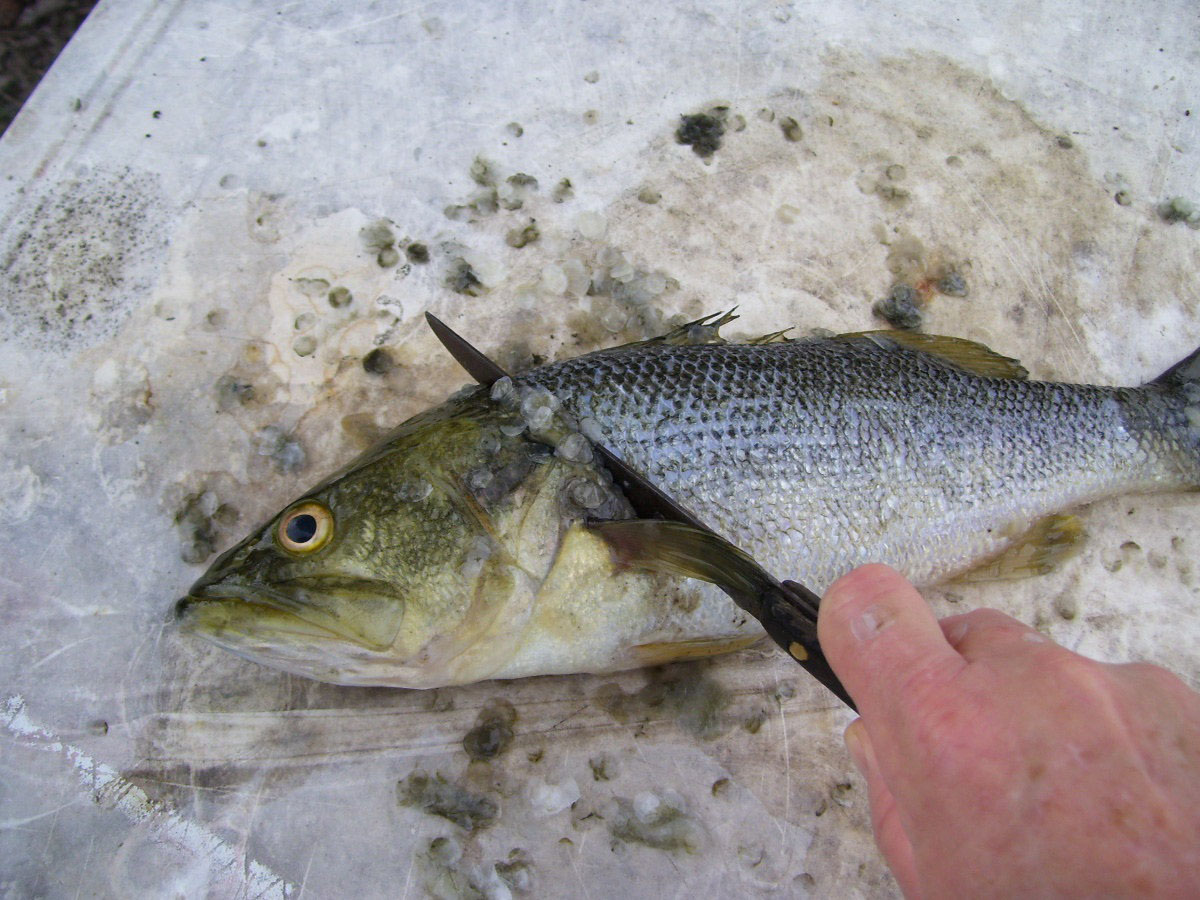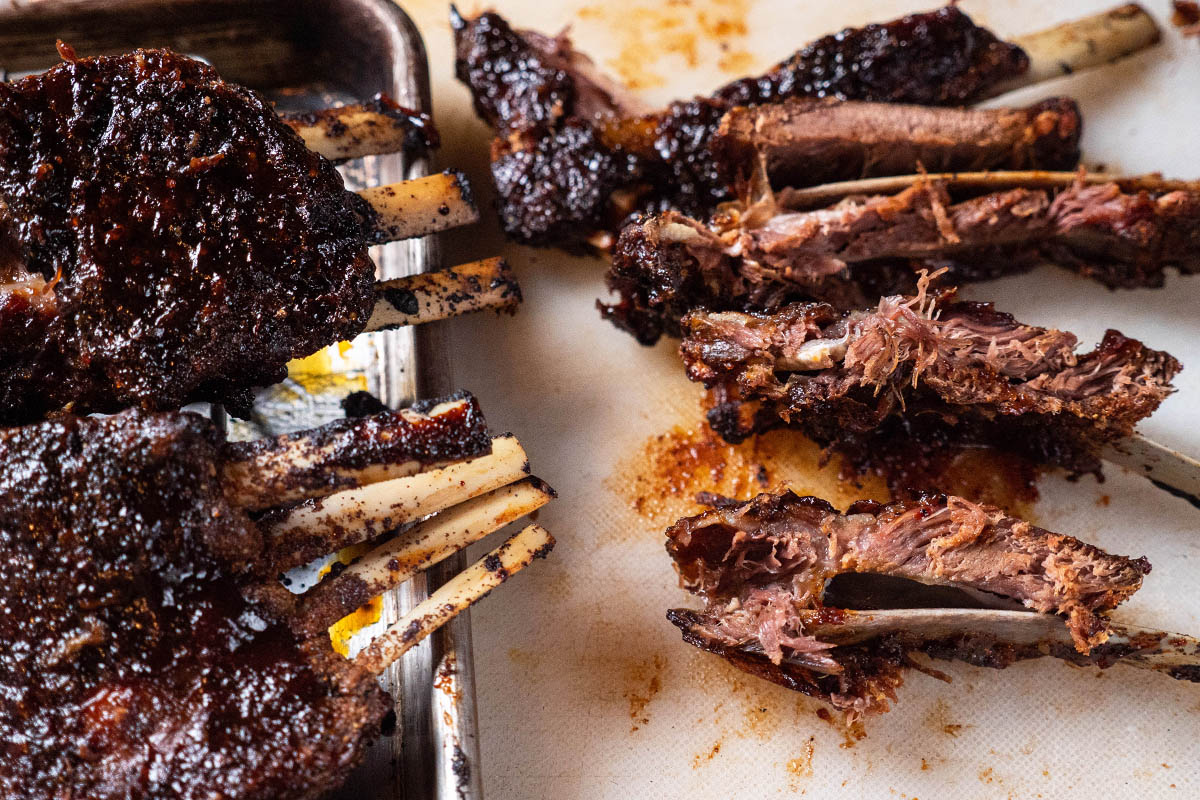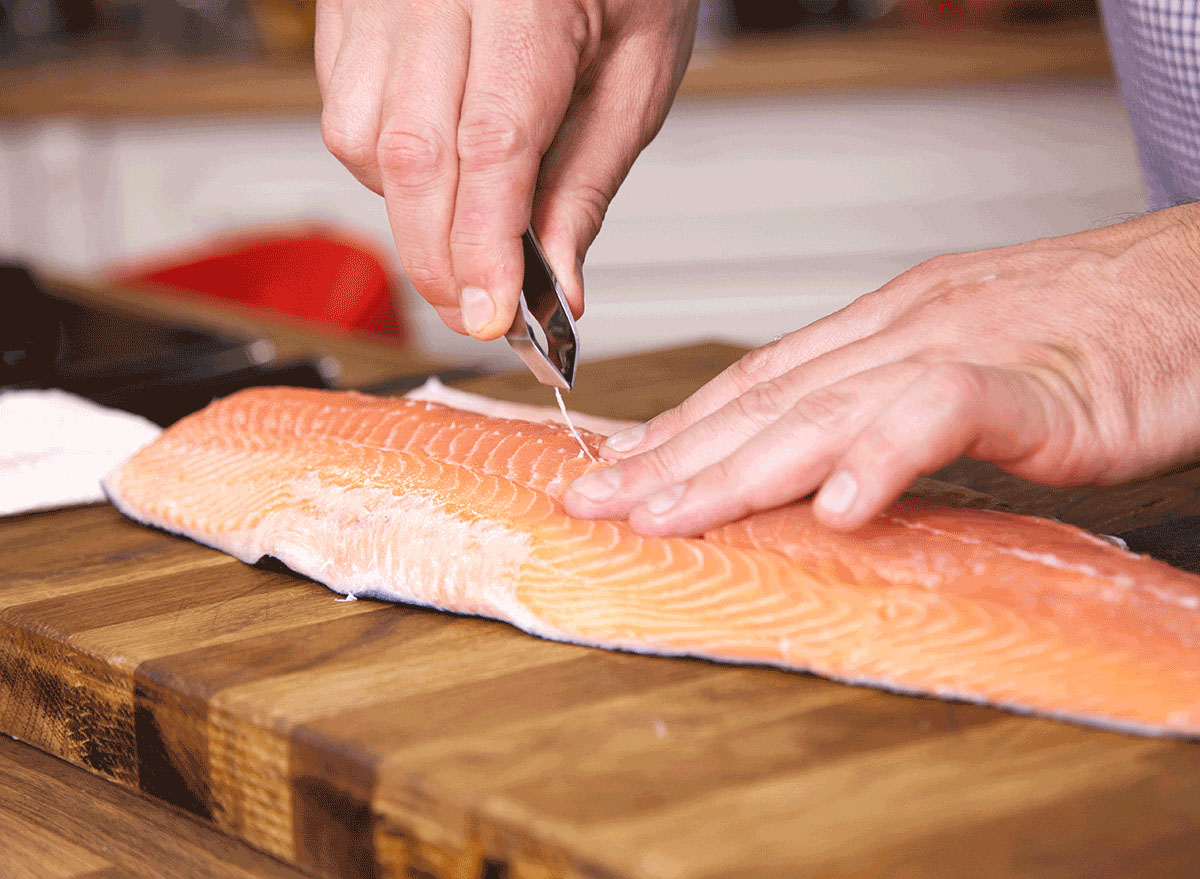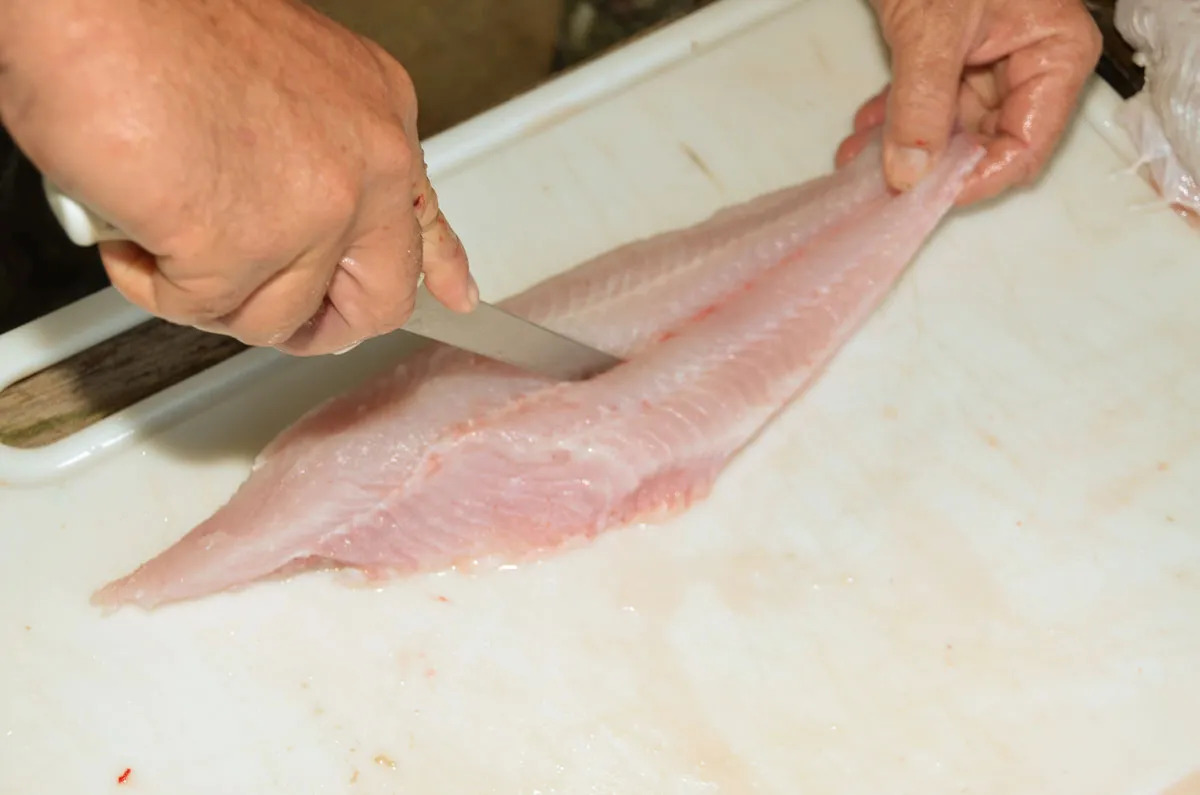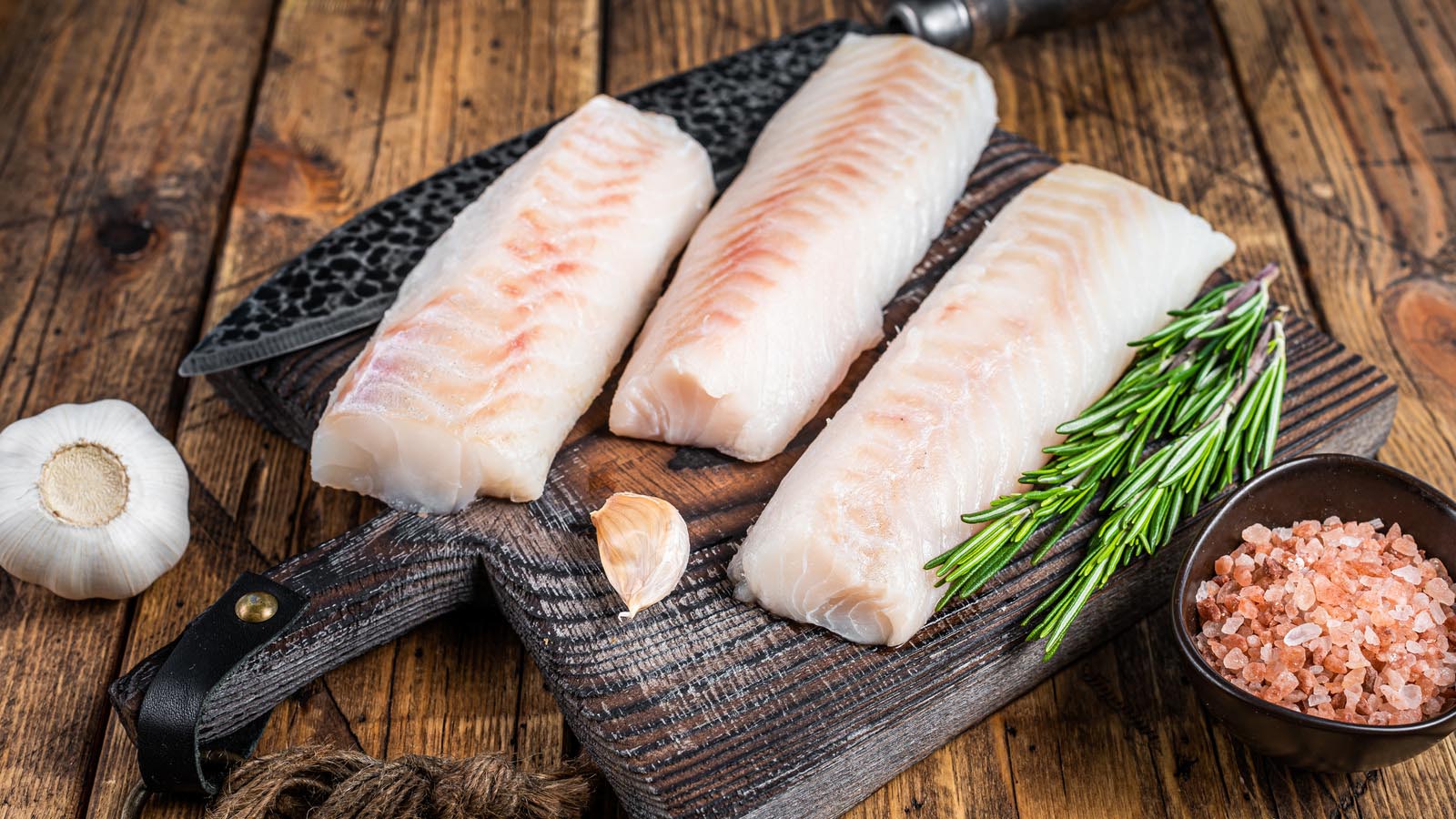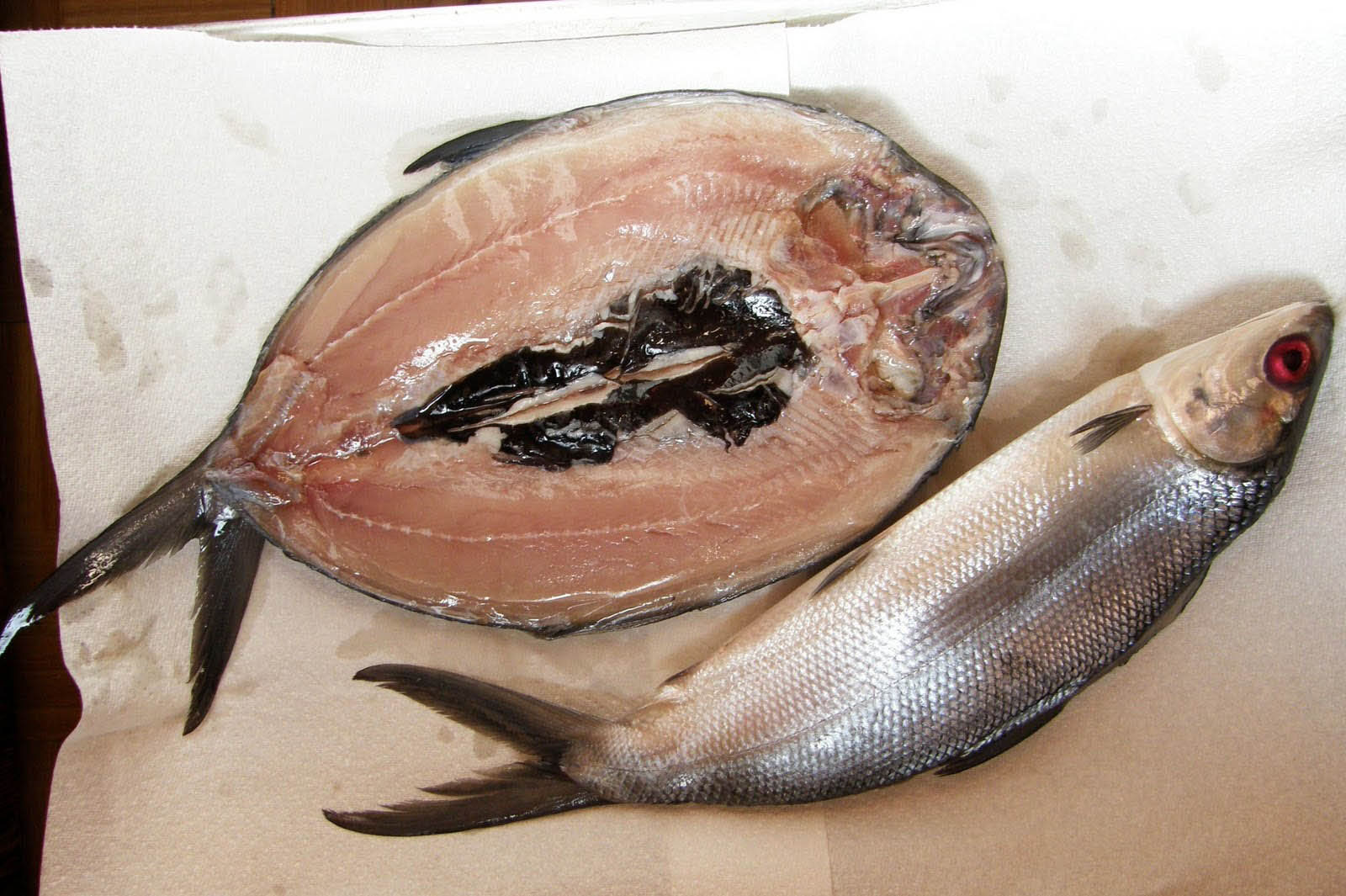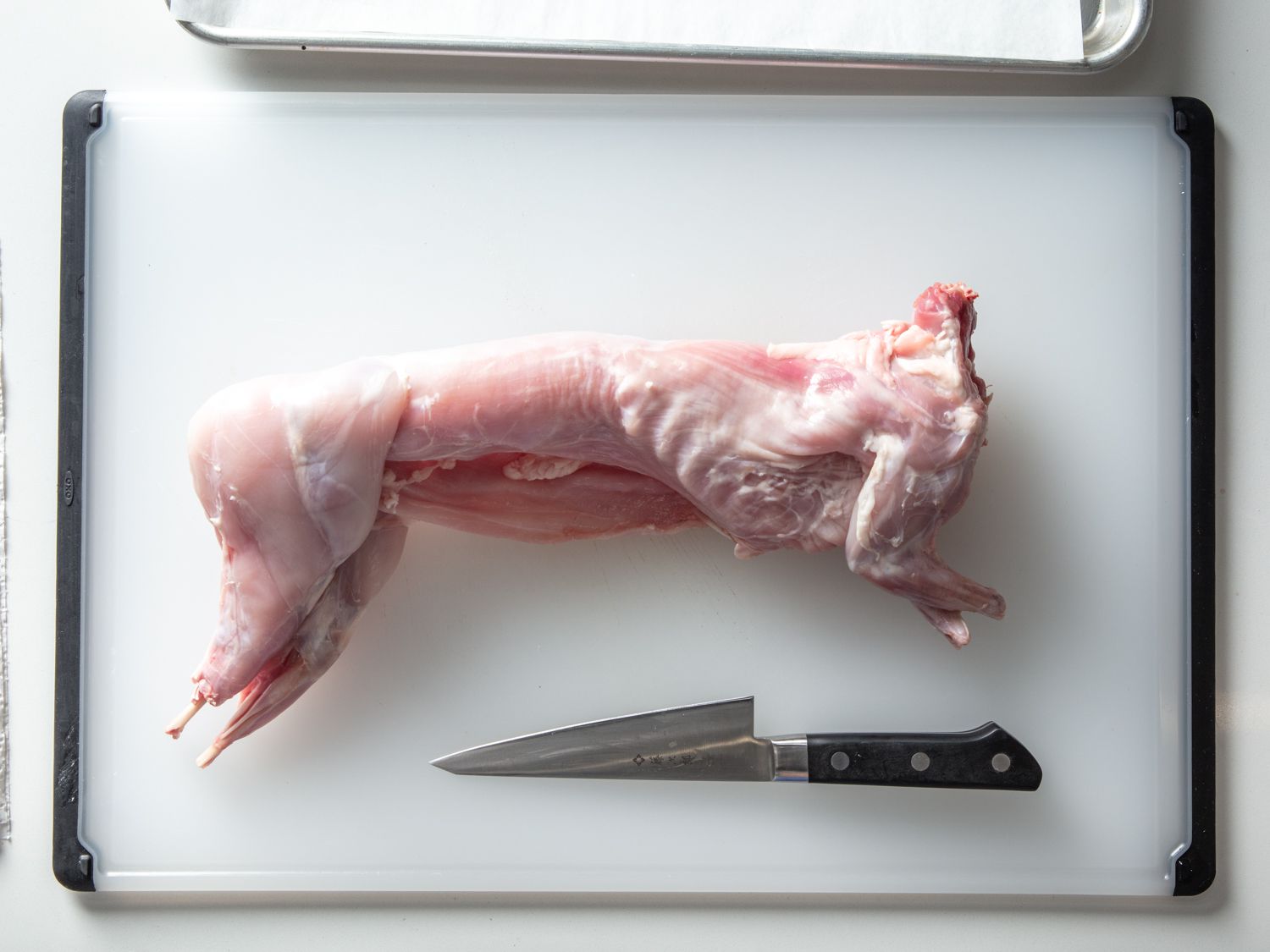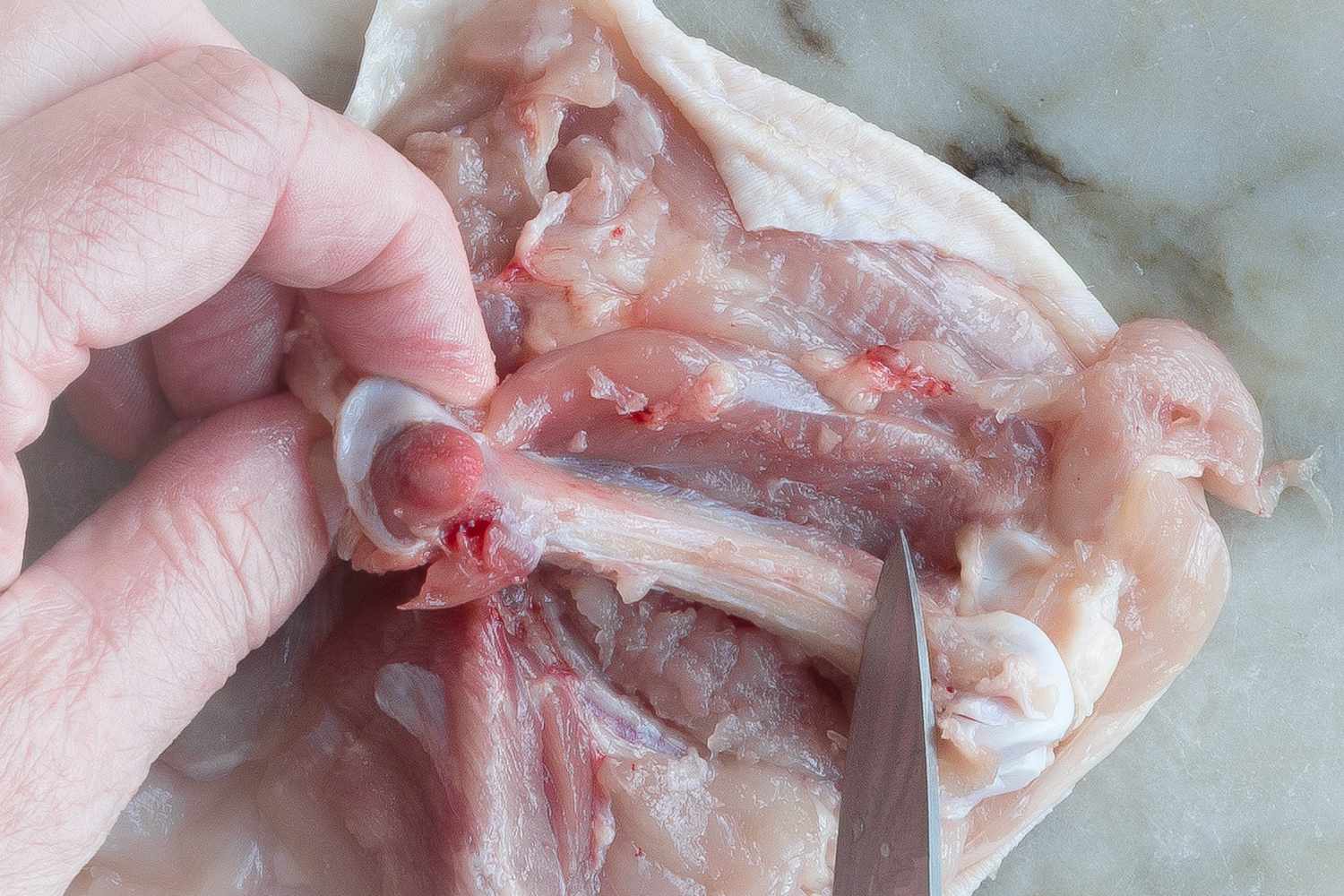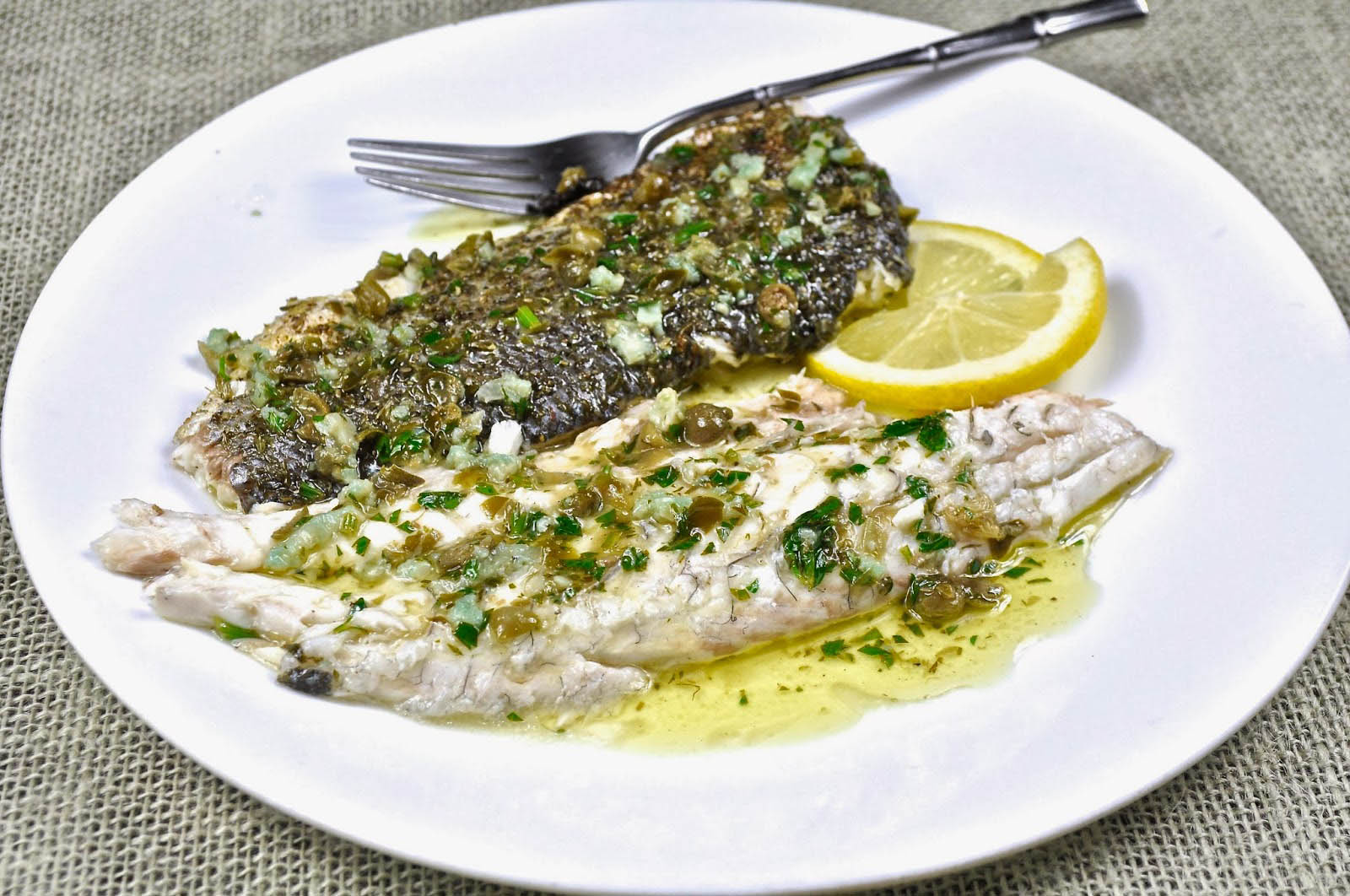Deboning Halibut: A Step-by-Step Guide
Halibut is a delicious and versatile fish that is popular in many cuisines. Whether you’ve caught a halibut on a fishing trip or purchased it from a seafood market, knowing how to debone it is an essential skill for any home cook. While deboning a fish may seem daunting at first, with a little practice and guidance, you can easily master this technique. In this step-by-step guide, we’ll walk you through the process of deboning a halibut so that you can prepare it for your next culinary creation.
What You’ll Need
Before you begin, gather the following tools:
- Sharp fillet knife
- Cutting board
- Kitchen shears
- Platter or dish for the filleted fish
- Paper towels
Step 1: Prepare the Work Area
Start by laying out your cutting board and placing the halibut on it. Make sure the fish is clean and pat it dry with paper towels to provide better grip and visibility while deboning.
Step 2: Make the Initial Cuts
Using a sharp fillet knife, make a small incision behind the pectoral fin of the halibut. Gently run the knife along the backbone, starting from the head and working towards the tail. Use smooth, steady strokes to avoid damaging the flesh.
Step 3: Remove the Fillet
Once you’ve made the initial incision, carefully separate the flesh from the bones by sliding the knife along the rib cage. As you work your way down the fish, use the kitchen shears to trim any small bones or cartilage that may be attached to the fillet.
Step 4: Check for Remaining Bones
After removing the first fillet, inspect it for any remaining bones or fragments. Use the kitchen shears or tweezers to carefully remove any leftover bones to ensure a smooth and bone-free fillet.
Step 5: Repeat on the Other Side
Turn the halibut over and repeat the process on the other side to remove the second fillet. Take your time and work methodically to ensure that all bones are removed from both fillets.
Step 6: Final Inspection
Once both fillets have been removed, carefully run your fingers over the flesh to check for any missed bones. Tweeze out any remaining bones to guarantee a bone-free fillet for cooking.
Conclusion
Congratulations! You’ve successfully deboned a halibut. With this skill under your belt, you can now confidently prepare boneless halibut for grilling, pan-searing, or baking. Remember, practice makes perfect, so don’t be discouraged if it takes a few tries to master the art of deboning. With time and experience, you’ll be able to tackle this task with ease and precision.
Now that you know how to debone halibut, you can enjoy the delicious and delicate flavor of this prized fish without worrying about bones. Bon appétit!
For anyone looking to master the art of deboning halibut, there are several recipes from the list that can be both rewarding and delicious to try. Starting with Pan-Seared Halibut with Lemon Butter Sauce, this dish offers a delightful balance of flavors and is perfect for showcasing the delicate texture of properly deboned fish. Halibut with Creamy Dill Sauce is another excellent choice, providing a creamy, herbaceous complement to the tender halibut. If you're in the mood for something a bit more adventurous, Halibut Tacos with Cilantro Lime Slaw bring a fresh, zesty twist to your table, perfect for a casual dinner or entertaining guests. Lastly, Halibut Skewers with Teriyaki Glaze offer a fun and flavorful way to enjoy your deboned halibut, making them ideal for grilling season. These recipes not only help you practice your deboning skills but also offer a variety of tastes and cooking methods to explore.
Was this page helpful?
Read Next: How To Debone A Rockfish
